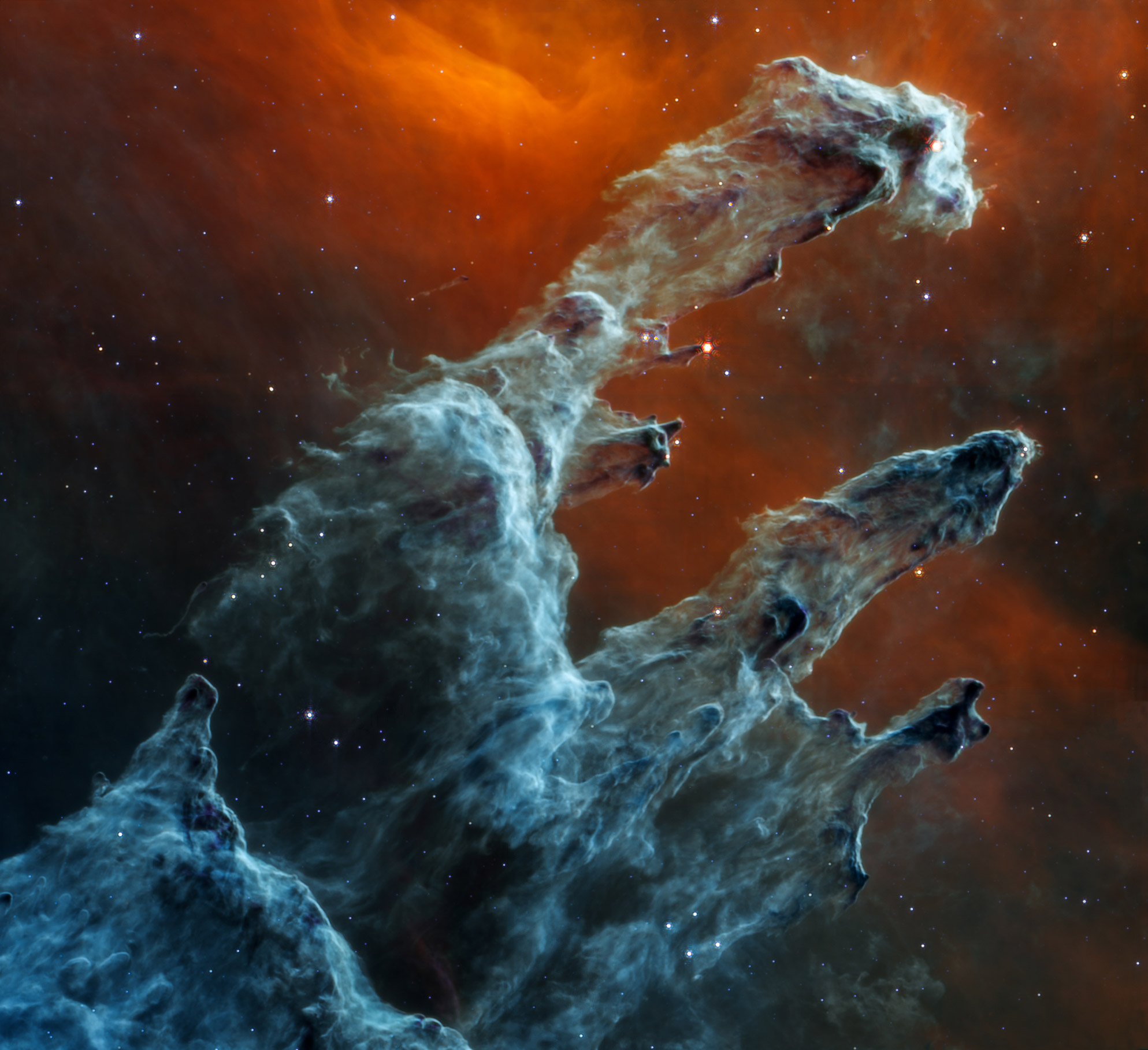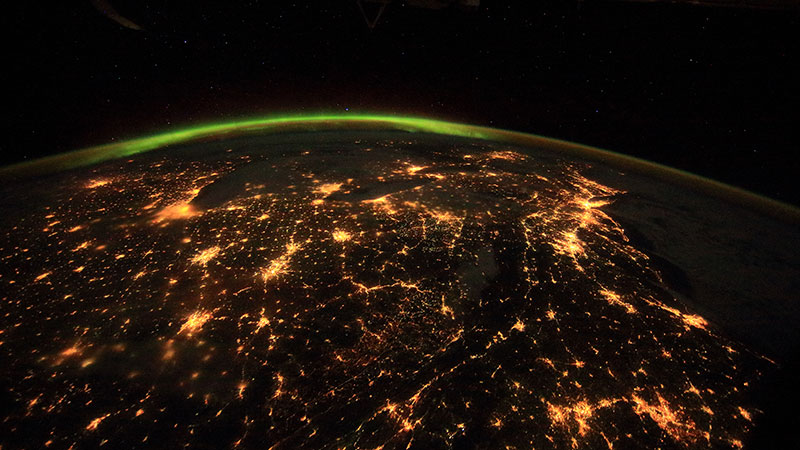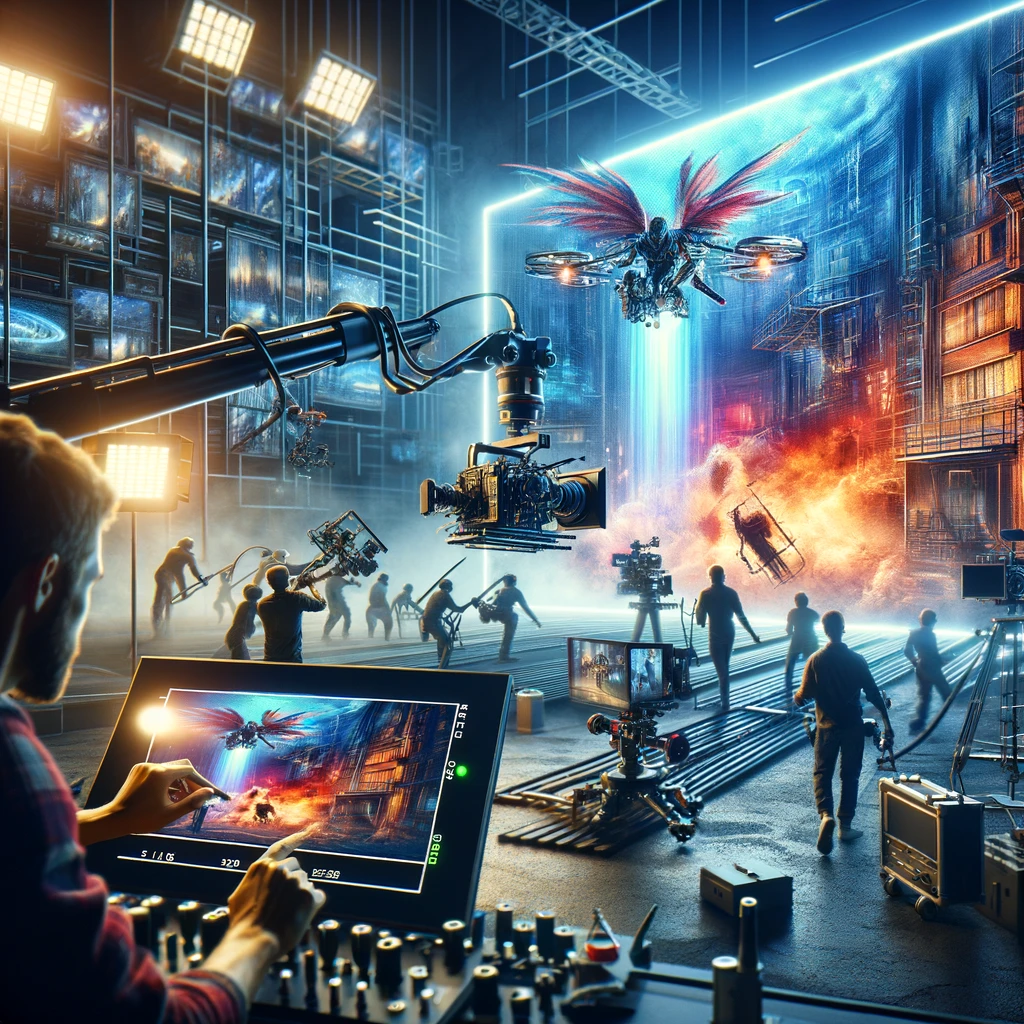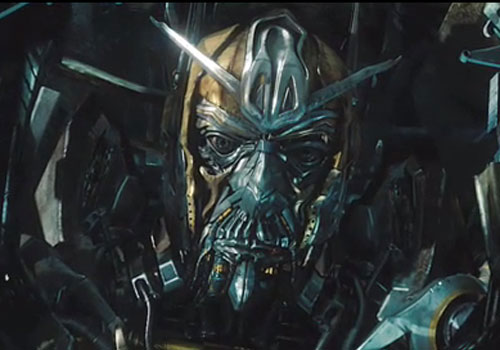“Deep Sky” is a remarkable documentary that showcases the extraordinary effort and collaboration of thousands of individuals across the globe to observe the universe as never seen before. Directed by the Oscar-nominated filmmaker Nathaniel Kahn, the film brings the awe-inspiring images captured by NASA’s James Webb Space Telescope (JWST) into the colossal dimension of IMAX® screens. This ambitious project seeks not just to unveil cosmic landscapes and distant exoplanets but also to ponder over humankind’s perennial questions about our origins, the inception of the universe, and the presence of extraterrestrial life.
The Genesis of “Deep Sky”
From its conception, “Deep Sky” was envisioned as not merely a movie but an immersive experience. Nathaniel Kahn shares his lifelong infatuation with the cosmos, recounting his early memories of stargazing through a neighbor’s telescope. For Kahn, creating “Deep Sky” was about rekindling that childlike wonder and sharing it on a grand stage.
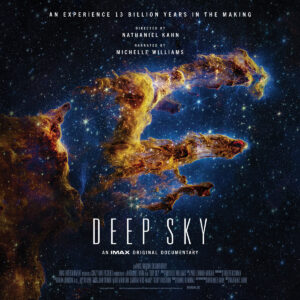
With its ability to explore the universe at previously inaccessible distances and wavelengths of infrared light, Webb has provided uncanny glimpses of “stellar nurseries” and black holes, expanding our understanding of the birth and death of stars and the evolution of galaxies.
“Ever since I was a kid I was fascinated by the stars,” says Oscar-nominated filmmaker Nathaniel Kahn of his inspiration to create Deep Sky for the IMAX screen. “I remember looking through a neighbor’s telescope, seeing the moon and seeing Saturn for the first time, and just being completely in awe… As a filmmaker, you want to return to those things that you care about, that you love, and to restore a little bit of the wonder that you felt when you first fell in love with them. Being able to make a film about this subjectand to do it in IMAX, to explore, for me, a new filmmaking medium, was a dream come true.”
Partnering with IMAX provided an opportunity to amplify this awe-inspiring narrative. IMAX Executive Producer John Turner lauded Kahn’s approach as a monumental return to immersive storytelling in space documentaries, appreciating the unique storytelling technique that utilized the gargantuan IMAX screens to their fullest potential.
Crafting the Vision
“Deep Sky” meticulously follows the genesis and journey of the JWST, described as humanity’s grandest venture into space exploration and observation. Reflecting on the vast undertaking that the JWST represented, Kahn emphasizes the telescope’s groundbreaking design that allows it to capture images in the infrared spectrum, unveiling a universe beyond our visible realm.
One of Webb’s initial mission goals was to find the most distant and oldest objects in the universe. To accomplish this, scientists needed areally bigspace-telescope, bigger in fact than would fit in a rocket. This meant building an instrument that would fold up and deploy on orbit — something that had never been done before—and JWST would prove the largest, most complex space telescope ever built.
The diameter of Webb’s primary mirror is 6.5meters (21.3 feet) and comprises 18 individual segments coated with a thin layer of gold. The surface is so precise that if the primary mirror was expanded to be the size of the entire United States, there would be no hill or valley bigger than three inches!
Indeed, the film delves into the technical marvel that JWST is, designed to venture beyond the physical limits imposed by traditional space-bound telescopes. The monumental effort required to conceive a telescope that folds upon itself, and then unfurls in the vacuum of space, represents mankind’s indomitable quest for knowledge. Additionally, the global collaboration underlying JWST’s creation underscores a unified pursuit crossing boundaries and disciplines, a theme that resonates deeply throughout the film.
The Challenges of Production
One of the more profound hurdles in creating “Deep Sky” was keeping pace with the continuous stream of new images JWST sent back to Earth. Kahn humorously recollects the challenge of integrating these awe-inspiring snapshots into the documentary narrative, indicating how each new image pushed the boundaries of what was understood about our universe.
Kahn edited the film in Los Angeles and New York, the score was recorded in Los Angeles and Budapest, and the picture finish and sound mix were done at the award-winning Harbor studios in September 2023. “Finishing the picture and the sound is always a very exciting time, but it’s also a stressful time because you have to get everything working together to create a seamless whole,” says Kahn. “And finishing a film for IMAX requires a whole different level of technical polish.”
Still, one of the filmmaker’s biggest challenges was simply keeping up with the stream of breathtaking images being downloaded from Webb itself.
“One of the hardest things about making this film was every time we’d start to get close to finishing, NASA would release a new amazing image, and we’d have to find a way to work that in!” says Kahn.
“Suddenly all these amazing images were coming in of the outer planets [in our own solar system],” says Kahn by way of example.“ The first one was Neptune… Then suddenly we had a great image of Jupiter. Then Uranus, then Saturn… Deep Sky is really driven by the images coming down from the telescope;theybecame our guide for the story we ended up telling.”
The transition to filming for an IMAX screen presented another layer of complexity. Kahn recounts learning to adapt his directorial approach, emphasizing less on directing the viewer’s gaze and more on creating a space for personal discovery within the expansive IMAX frame. This transition mirrors the film’s larger theme of exploration and discovery, not just of outer space, but of our perceptions and understanding of the cosmos.
The Stellar Narration
At the heart of the documentary’s storytelling is the narration by Oscar®-nominated actress Michelle Williams, whose involvement Kahn considers pivotal to bringing the vast narrative of “Deep Sky” to life. Williams, lauded for her versatility and emotional depth in both film and television, lends her voice to guide audiences through this cosmic journey. Her involvement marks a synthesis between profound scientific exploration and compelling narrative storytelling.
“I’ve always been fascinated by the beauty and magnitude of space,” says Deep Sky narrator Michelle Williams of her own decision to join the project. “[I was] excited to work with Nathaniel and IMAX to tell the story of the captivating images taken by this new telescope.”
“Many of my documentary films are done in the verité style, where the story is revealedby the subjects in the film— but with something this big and complex, we realized it was essential to have a narrator,” says Kahn. Of his unique partnership with the Oscar-nominated actress, Michelle Williams, Kahn said,“Michelle brought the most incredible spirit to the movie. She was, from the start, the only actor I wanted to do this. She brings the whole story to life.”
Towards the Horizon
“Deep Sky” represents more than just a cinematic experience; it is a testament to human curiosity, ingenuity, and our unending quest to comprehend our place in the universe. Kahn, along with his team, manages to encapsulate the grandeur of the cosmos and the collaborative spirit of scientific exploration in a manner that resonates with a wide audience.
Through this documentary, audiences are invited not just to witness, but to feel a part of this grand cosmic journey. Kahn hopes that “Deep Sky” serves as a beacon, igniting curiosity and wonder about our universe and encouraging viewers to reflect upon the age-old questions of our origins and our place amongst the stars.
In answering the question “What do you hope audiences take away from the film?” Nathaniel Kahn respond “A little bit of a sense for what’s really out there — this idea that this grand, beautiful, confounding, mysterious universe is actually out there. It’s not made up. It’s not CGI. It’s real. It exists. These vast spaces from whence we come are really out there and they’re yet to be explored, yet to be understood. This is an incredible origin-story that we’re all part of…
And it is a story that is unfolding. Will we ever understand the whole thing? I have no idea. But it’s there for the experiencing. I hope the film gives people a little sense of the wonder of astronomy, of the universe and our origins. If it sparks people’s interest in this unfolding story of where we come from and where we’re going, and if there is other life out there among the stars — if it sparks people’s interest in that, and urges them to continue to find out more about it, that would make me really happy.“

